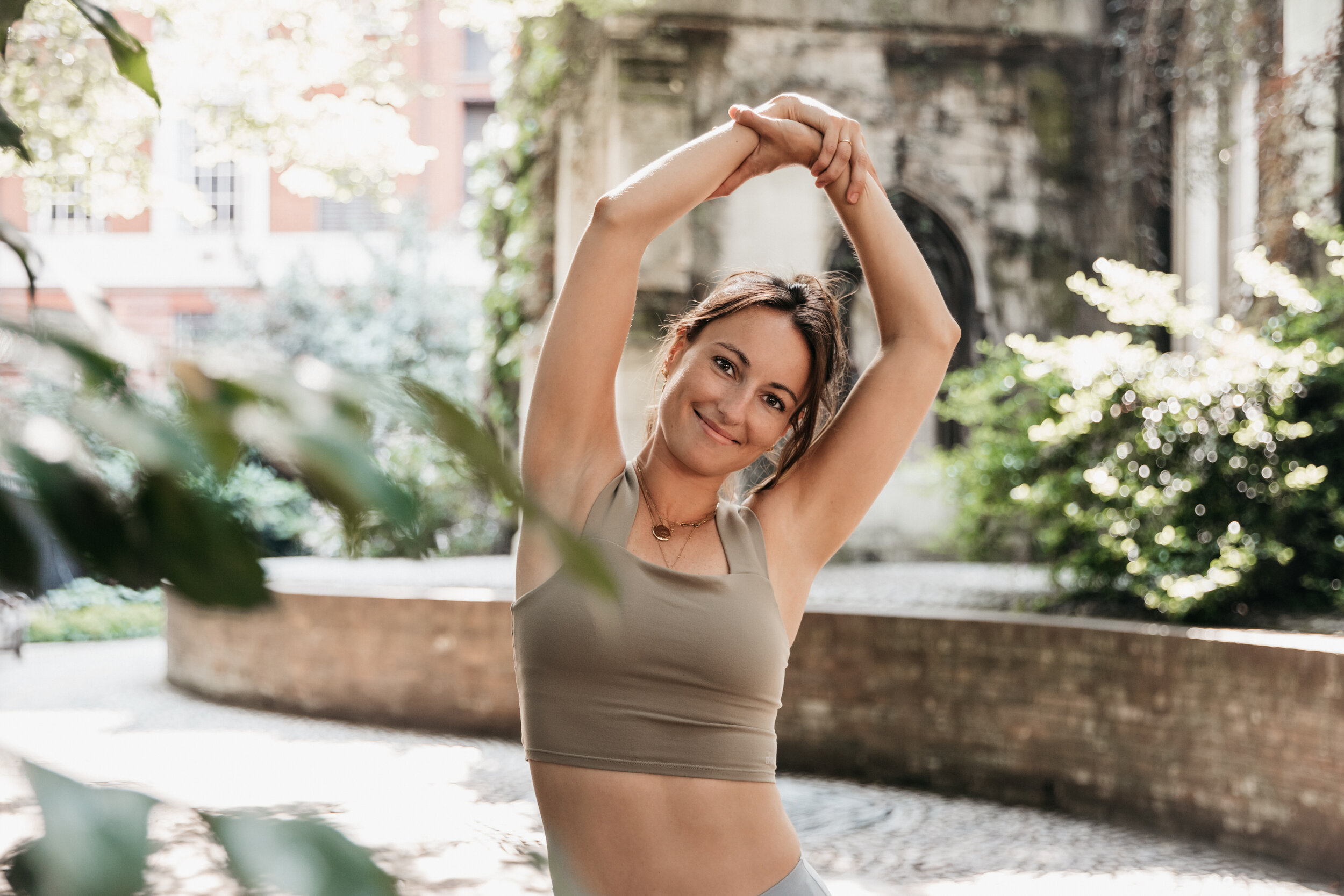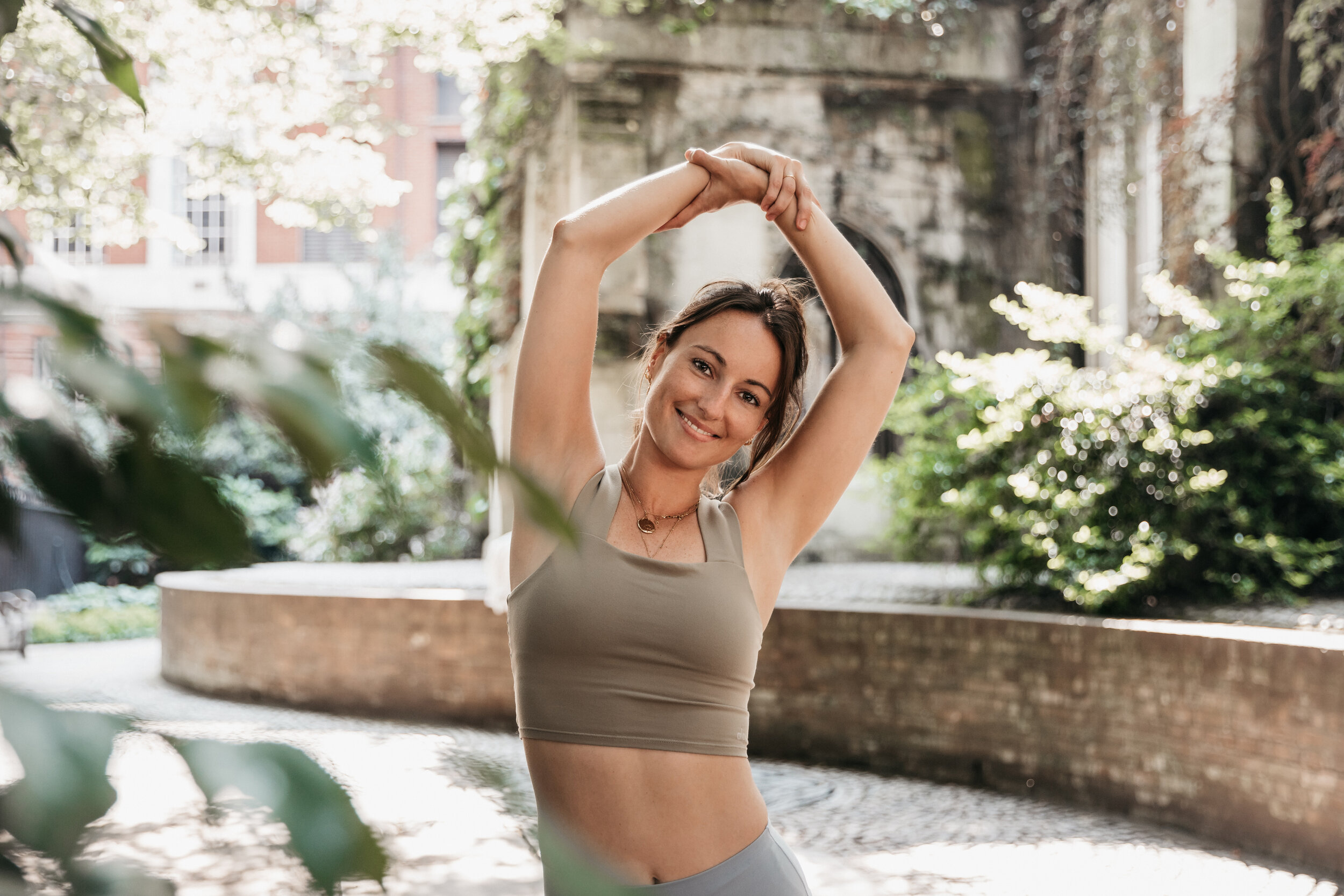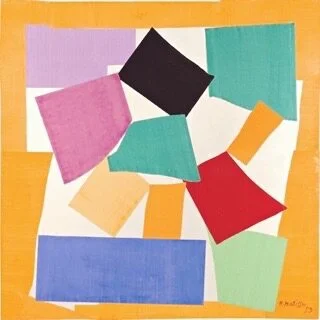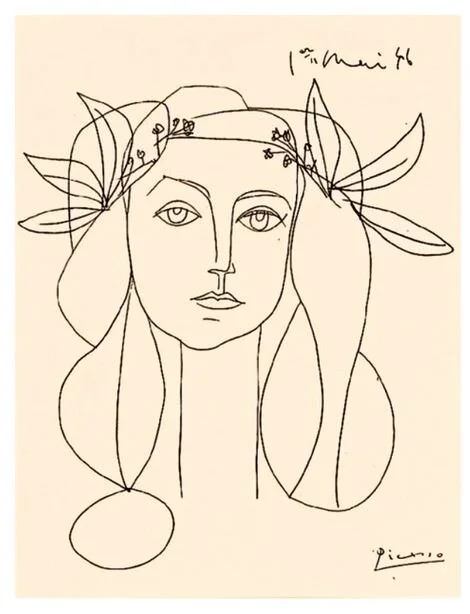PHILOSOPHY SERIES
INTRODUCING…
When you think of ‘yoga’, what comes to mind?
For most people, it’s the postures. Yes, postures do constitute a part of the yoga practice, but what’s also exciting about yoga as a whole is its rich history, philosophy and wisdom. We are blessed to be able to learn from those that came before, dedicating their lives to uncovering truth. I am far from dogmatic and believe in a holistic approach, and that we can continue to build on our learnings and discoveries – but I also strongly believe that the guidance offered to us through the philosophy of yoga can be a deeply powerful guidance along this path of our lives.
I do not want to enter into esoteric realms, I want this philosophy series to be tangible and relatable to everyone interested in yoga. Essentially, we will be applying the philosophy to our lives – which is exactly how it was meant to be. It’s almost a scientific practical approach rather than a mystical intangible approach.
I will start with a broad overview, followed by a slightly deeper depiction into each limb of yoga as well as the 4 aims of life, the 5 afflictions and the 2 aspects of practice. I will weave this into instagram posts, mini-lectures, my classes, a workshop and eventually a short philosophy handbook that can be applied directly to your yoga practice – or your life in general!
why philosophy?
Why is it relevant and important to gain an understanding of the philosophical science of yoga? For me, it is like seeing the macro – it’s the bigger picture. It’s not about where your femur bone is – it’s about the meaning of your existence here on planet earth and how you can make the most of this rare and incredible gift we call life. It is learning to feel and work through pain, trauma, stagnation and suffering in search of a lighter more delightful existence. It is a process of discovery through careful attention and intention. It is connection right to the heart of who we are through contemplation and exploration of physical, emotional, mental, intellectual and social.
May the sacred science of yoga inspire us to become masters, to find peace and joy within ourselves and to share the same with all humanity.
‘Every day let us check our progress and see that we grow a little better. Every day should elevate us a little, broaden our attitudes, reduce our selfishness and make us better masters over our own body, senses and mind.’
- Swami Satchidananda.
PURUSHARTHA - the four aims of life.
I want to start this off with Purusthartha, meaning ‘for the purpose of the soul’. This is the starting point – understanding our inherent values and acknowledging what we seek through consideration of what brings our soul to life.
Purushartha, first mentioned in the original Vedic texts, is comprised of four values or goals;
1. Dharma – True Purpose in Life
2. Artha – Balance + Seeking of Spiritual Riches
3. Kama – Creative Pleasure
4. Moksha – Arrival at True Nature - Freedom
The fourth, Moksha, was added later in the Upanishadic era.
In the Hindu and Yogic traditions, these are believed to form the ingredients for a life of fulfilment. I find it incredibly helpful to understand these ‘aims of life’ before unpacking and exploring the 8 Limbs of Yoga. These form the structure, within which we will learn more intricately. They hold us graciously as we navigate our way through the more practical process of living yoga and remind us why we are choosing to walk this path.
Does it matter to you that your soul feels full and purposeful? (dharma) Is it important to you to live a balanced and abundant life? (arhta) Do you want to find joy in the creative pleasures of life? (kama) Are you drawn towards freedom – to being in harmony with your true self, your true nature? (moksha)
If the answer is yes – then Purushartha plays an important role in your journey. The framework that grounds us and allows us to stay steady is right here – within these 4 principles. If we can hold onto these and allow them to remind us of our direction – the 8 fold path of yoga opens us up to us in a new light.
DHARMA
The concept of dharma is so interesting as almost no other word has as wide a scope and meaning. It’s hard for me to succulently summarise dharma in a short post, but I’ll do my best.
I am not looking at dharma in the context of Buddhism. My discourse relates to dharma in relation to Hinduism which feeds directly into the yogic understanding. This also is not the platform for etymological explanations so I’ll stick to discussing dharma in regards to ‘the purpose of your life’ or ‘vocation’.
Dharma is simultaneously the eternal order that rules the universe and the duty or law that governs one’s life. Dharma shouldn’t be diluted and applied to simple flippant and fleeting sensory passions– as it holds more significance than that. Fulfilling your dharma is the simultaneously complex and simplistic act of being absolutely true to your nature, being yourself. Our work is to re-discover who that is.
Dharma solicits one to live ethically through bringing consciousness to actions, words and deeds. Having compassion and sensitivity to the needs of others and being awake to the existence of true nature or divinity within you.
Dharma requires us to see that our own duty lies in our compassion and understanding towards others. The Bhagavad Gita says, ‘the greatest dereliction of dharma is to desert the helpless in their time of need.’ This really makes me question whether modern Western yogis have been fulfilling their dharma in relation to those suffering in the world. I believe we can do better.
Living our dharma is a lifelong journey – but if we stay awake to the whispers of our souls, we will find ourselves able to live in truth moment to moment.
It is a call to find out what ‘being yourself’ actually means and then accepting it despite resistance. Only then can we wholeheartedly live. I am drawn to those who are deeply and honestly themselves – there is a light within them – a vitality that those who live in friction with their true nature seem to lack.
The Bhagavad Gita says, ‘Better your own dharma though imperfect, than the dharma of another done perfectly.’
If dharma is our intrinsic and innate duty to live in truth and love, how do we discover our dharma and live through it? Vedanta (or Upanishads) says ‘by reflecting on and following what satisfies our heart and listening to our deepest inner feelings.’ We can see that through self-reflection (svadhyaya) we can discover our own truth which ultimately leads us to service.
Practically speaking, Deepak Chopra advises sitting in meditation and asking your heart, ‘what is my purpose, how can I serve?’
Dharma is considered the first of the Purusharthas because without it, Artha and Kama can easily become self-destructive. We must keep striving to live our truth – to fulfil our duty of being wholly, idiosyncratically who we really are.
ARTHA
Artha, the second of the four Purushartha’s, refers to the resources that enable an individual to achieve an ideal state in their lives. It relates to material sufficiency and contentment.
I struggled for a long time with this Purushartha as I associated true virtue with a relinquishing of material goods and felt guilty if I had abundance in my life, especially knowing that others did not. I believe this now to be a misunderstanding of Artha.
Artha is a realistic and grounding aim – it encourages welcoming the circumstances needed to live without fear of poverty. Spirituality can often be associated with poverty or significant lack, however, Artha says that we must not reject the world. It is not saying ‘indulge yourself, take whatever you like’, rather it is a call to live skilfully in a world of material objects that exist for our benefit.
When considered intelligently, Artha promotes consciousness in considering what is truly valuable. What do we need in order to live comfortably and support those around us without hoarding or being greedy?
My interpretation of Artha is inextricably linked with my understanding of abundance. So many of us in the world live our lives with a belief that we do not deserve abundance, but the opposite of abundance is scarcity. Do we want to live a life of scarcity? Artha and abundance do not only relate to our material comfort, but also to our knowledge, friendships, love, skills, and health. If we all felt free to have abundance in all aspects of our lives, we would likely be a much richer world. Rich in joy, sharing, connection and prosperity.
The Upanishads say, ‘there is no joy in smallness, joy is in the infinite.’
Artha encourages us to find prosperity and abundance through work that is compatible to our true nature and capabilities (Dharma), work that serves society and work that we truly love.
This Artha of abundance is full of joy, if we relinquish and surrender conditioned shame and guilt that allows us to believe we do not deserve it. Our belief in scarcity and lack only disconnects us from the joy of the world around us. Abundance brings us to life.
KAMA
The third Purushartha; Kama – pleasure and delightfulness. Many of my students will know that I often bring joy and delight into my classes. I want people to delight in their practice and feel joy in their bodies and their movement.
Kama relates to pleasure – not only sensual pleasure but also the arts, music, beauty, intimacy, affection, community, kindness.
As with Artha, it is important to explore Kama and understand with sensitivity and grace how to apply it to life. The right kinds of pleasure (soul/heart lead rather than ego led) lead us towards and deeper into our dharma – our true selves. But we must stay awake and embodied – Kama is supposed to add to the delight and joy of life – not promote a life of indulgence, sloth, addiction and lust. It is easy to use Kama as an excuse – but if we’re truly observing ourselves through the practice of svadhyaya (self-inquiry; we’ll get there) we will know whether we are indulging the ego self, or whether we are actually nourishing our soul, feeding our inner child with joy and creativity.
We can again refer back to the yogic texts to develop our of understanding of Kama,
‘As is your desire so is your will, as is your will so is your deed, as is your deed so is your destiny.’
If we are living in alignment (which is hard) we are able to find joyfulness in that which is in coalition with our dharma.
If Kama relates to pleasure, delight and joy – it is clear that Kama promotes deep presence. We must be living in the moment, seeing, feeling, connecting to the environment around us in order to experience Kama. Truly seeing our loved ones, being intimate with our partners, finding delight in nature, art, humans, animals… letting ourselves reconnect to the childlike wonder that is within each of us – this can only happen if we are here. Now.
Thich Nhat Hanh says,
‘our true home is in the present moment. To live in the present moment is a miracle. The miracle is not to walk on water, the miracle is to walk on the green Earth, to appreciate the peace and beauty that are available now.’
Sadly, many of us experience shame and guilt around pure pleasure, and many of us depress down the feelings and sensations of joy and delight. Much work is needed, especially for those working through trauma, to be able to truly feel that sense of joy within us. But it is there, and I believe we can all access the freedom of that joy. It is through the lifelong practices that we are able to attain not only Kama but the other 3 aims of life. This is why the eight-fold path of yoga is so transformative – it is a practical guide to attaining pure delightful presence.
MOKSHA
Moksha, the final Purushartha, is fully supported by Dharma, Kama and Artha and cannot be realised before these three are fully embodied.
Moksha translates as emancipation or liberation. Sometimes described as enlightenment. In classes this week we’ve been exploring this theme and applying the concept not to transcending this world in which we live, but rather how to be liberated within it.
The lesson I have learnt around liberation or freedom which has changed me deeply is this.
Discipline is freedom.
Realisation comes from self-study (svadhyaya), self-knowledge and self-discipline.
‘Discipline is a decidedly unpopular notion these days, associated as it is with self-coercion and denial of pleasure. Far from the punitive and constricting connotations of the word as it is used today, the Latin origin of the word discipline, disciplina, means “to impart knowledge” and “to enlighten.” This gives us a very different insight into the purpose of discipline. Rather than constricting, discipline is any practice that contains our thoughts, energy, and actions so that we can use ourselves in a potent way. Just as a bucket riddled with holes cannot carry water from one place to another, lack of containment of our physical and psychological energies sabotages our best intentions.’
Thus, the logic follows that to be truly liberated, we must be deeply disciplined. Deepkah Choprah writes on the relationship between freedom and discipline, ‘Moksha is self-discipline that is so perfect that it becomes unconscious, second nature, an unworldly understanding, and a state of bliss.’
Moksha is the release from life’s illusion through the hard but healing work of waking up from our sleep. We become clear on our duty, we practice and master balance, we open ourselves up to joy and delight – we open our hearts to see the truth of what we are – and then we find our freedom. It is a life’s work.
Lao Tzu tells us, “Knowing others is wisdom, knowing yourself is Enlightenment.”








